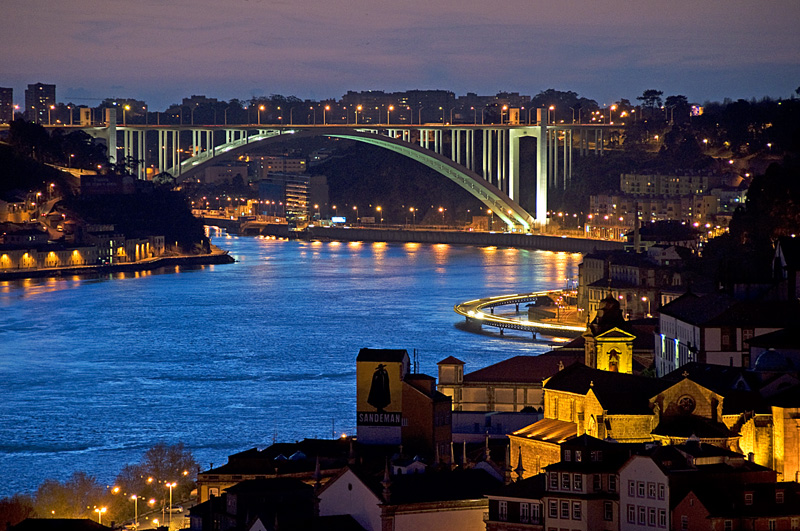The Castle of Ródão (Portuguese: Castelo de Ródão) is a mediaeval castle in the civil parish of Vila Velha de Ródão, municipality of Vila Velha de Ródão, Castelo Branco, Portugal.

The Tapirs were the first agricultural and pastoral communities to settle on the moors surrounding the Tagus River in the Neolithic period (about 6,000 years ago), where they could practise agriculture and establish hundreds of towns and funeral structures. Along the river, people carved symbols of a very particular religion that together make up the Tagus rock art complex, which contains over 25,000 carvings.
These remains of ancient settlements are where the modern settlements of today originated, particularly in the parish of Fratel.
Alluvial gold extraction was a major focus of imperial Rome’s ambitions for riches and power, as seen by the massive conheiras that surround the Tagus and Ocreza rivers’ banks. These structures serve as a visual reminder of this activity. In the alluvial plains of Açafal and Lucriz, they assess the agricultural fields that sustain the slave armies used in gold and copper mining.
The fortress of Ródão and its mythical location are undeniable witnesses to the Muslim presence and Reconquista conflicts, with the river as a sign of the Christian frontier, carefully guarded by the Templars, proprietors and lords of a vast territory known as Herdade da Açafa donada to the Templars by King Sancho I in 1189.
The council’s settlement existed before nationalities were created and has no documented charter.
Its region served as a key strategic location in the demarcation of Christian borders with Muslims and in ensuring freedom of movement on the Tagus, necessitating the construction of its fortress, a watchtower enclosed in a walled enclosure and strategically placed atop Portas de Ródão.
Tradition says that the first building was made by the Visigoth king Vamba (who ruled from 672 to 680), but some modern authors think it may have been a watchtower from the time when the Muslims took over the Iberian Peninsula.

The mediaeval castle
The castle known as Castelo de Ródão, also known as Castelo do Rei Vamba, is situated in the Portuguese province of Beira Baixa, in the parish and municipality of Vila Velha de Ródão, in the district of Castelo Branco.
It consists of a watchtower built on a cliff overlooking the Tagus River and the so-called Portas de Ródão, a narrowing in the river’s flow.
Visitors can take in a breathtaking panoramic view of the Tagus valley from the top of its walls, which is a must-see location.

During the Christian Reconquest of the Iberian Peninsula and the war for independence from Portugal in the 12th century, this edifice was most likely restored by the Knights Templar. During the same period, a tiny chapel was constructed in honour of Our Lady.
The Curse of King Vamba
King Vamba was a Visigoth and built his castle near Portas de Ródão. A Moorish king lived on the other side of the Tagus River and fell in love with the Christian king’s wife. He built a tunnel beneath the Tagus to visit his beloved, but he made a calculation error, and the exit led to another location above the river, now known as Buraca da Moura.
The story takes on new twists and turns from here.Some say that the queen fled through the tunnel with the Moorish king and that King Vamba, disguised as a beggar, managed to discover her and ended up bringing her back.
Another version says that the Christian king found the way out of the tunnel and realised that his wife had returned the love of the Moorish king.
At the end of the story, forbidden love was punished by throwing the queen off one of the Portas de Ródão cliffs.
But before being projected to death, the queen dictated the curse:
Goodbye Rodão, goodbye Rodão, Surrounded by many myrtles, And land of many whores, Thou shalt not have honorable women, nor regaled horses, nor crowned priests.
It is said that where the body rolled, weeds never grew again.
All “true” facts… as well as the legend of Vamba being chosen as the Visigoth king After the death of his predecessor, Vamba was appointed, and he, seeking to legitimise the choice, exhorted God to confirm the succession, and the sign was the revitalization of the stick in his hand. He planted it in the middle of an olive grove, and it is still there. The rod blossomed, and he reigned between 672 and 680.
.




